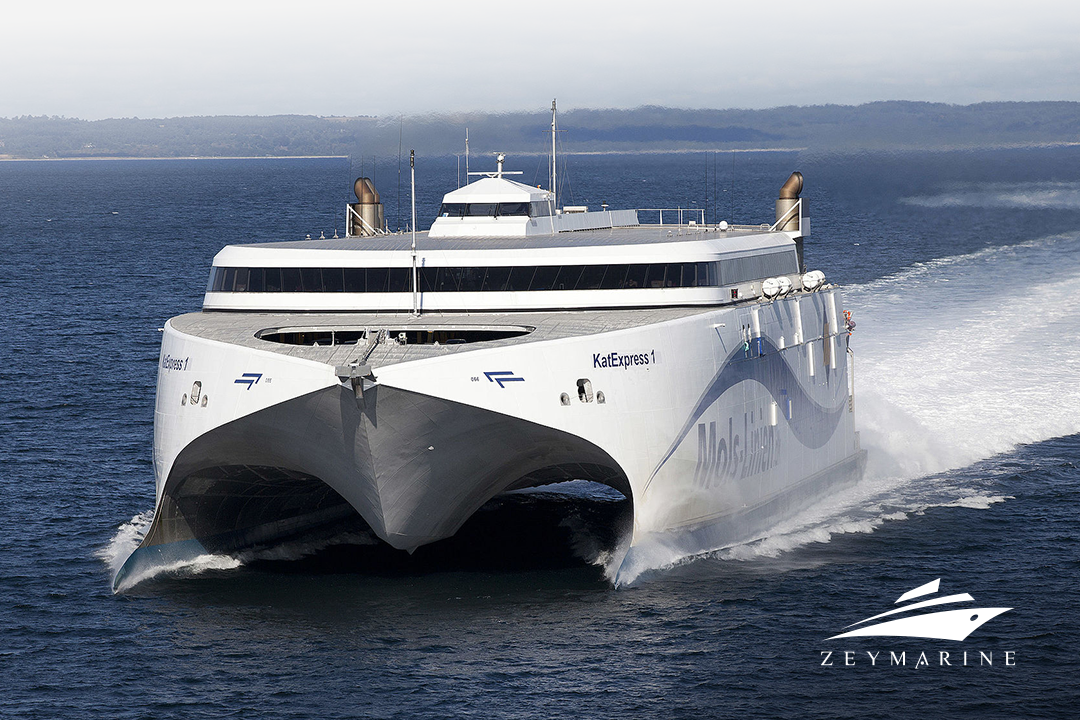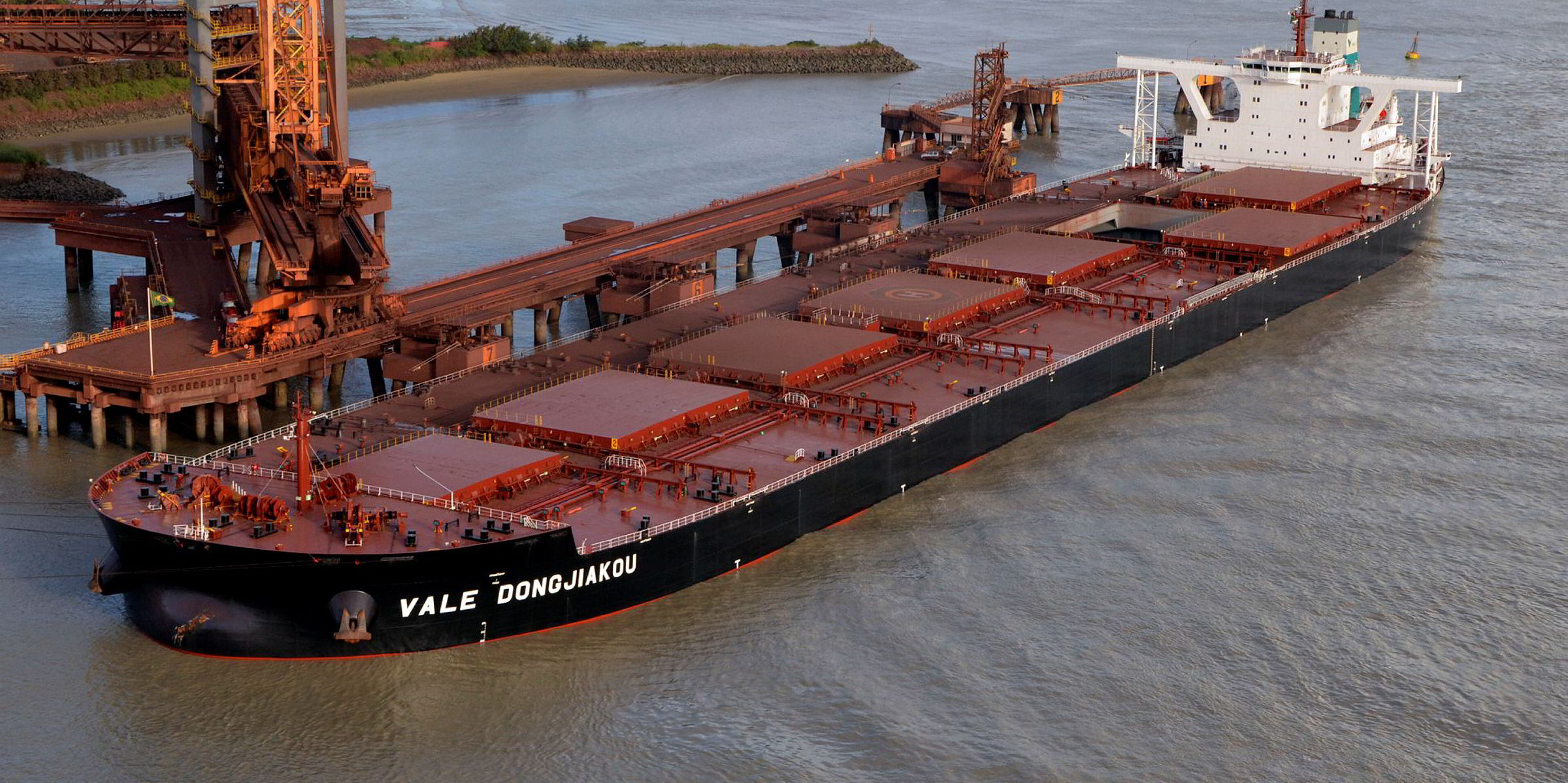Who of us is not intrigued by the world records? The epitome of engineering and ingenuity, these maritime brutes have etched their names into the watery fabric of history. Let’s learn about them.
First Vessel
The oldest known vessel is a pine logboat, also known as a dugout, which was discovered in Pesse, Netherlands, dated 7510–8040 BC. Its length is over 3 m, yet its width is only 40 cm. The boat was discovered by chance in 1955 while a road was being built. It is currently housed in the Drents Museum in Assen, Netherlands.
Longest Ship Ever / Longest Scrapped Ship
Seawise Giant was the longest ship ever constructed, measuring 458.45 meters. Seawise Giant was delivered in 1979. She also made history in 2010 as the largest vessel ever to be scrapped. The ship, an ultra-large crude carrier (ULCC), weighed 564,763 tonnes at deadweight.
Largest Sailing Ship
The largest sailing vessel in the world is the five-mast, 8,770-ton gross square-rigged barque Golden Horizon. Its total measurements are 162.22 by 18.6 meters, and its two diesel-electric engines let it cruise at 16 knots.
Fastest Ship Building
It took only 4 days 15 hours and 29 minutes to build the SS Robert E. Peary Liberty Ship, the record for vessels of more than 10,000 tonnes deadweight.
She was launched on November 12, 1942, and named for American explorer Robert Peary, who was among the first to reach the North Pole. The race between shipyards to see who could build a Liberty ship the fastest led to the record set during her construction.
Largest Ship to Transit the Panama Canal
On July 1, 2022, the 154,995 tons gross CMA CGM Zephyr (16,285 TEU) became the largest ship to pass through the Panama Canal, which links the Atlantic and Pacific Oceans.
In 2016, the 77-kilometer Panama Canal was extended with new locks to handle “Neopanamax” ships, a new name for large enough vessels. The canal takes eight to ten hours to pass through.
Largest Bulk Carriers
Pacific Flourish, with a 399,000-ton carrying capacity, is one of the biggest bulk carriers. It was constructed in China in 2018 and is flown under the flag of Hong Kong.
Also, it is not one but the 68 ships of the Vale class, commonly referred to as “Valemax” ships, were put into service between 2011 and the present by the Brazilian mining corporation Vale, making them the largest bulk carriers. These enormous freight ships are 65 meters wide, 362 meters long overall, and have 400,000 deadweight tons.
Largest LPG Carrier
Bellavista Explorer, the world’s largest LPG carrier, was launched in 2021 by Hyundai Samho Heavy Industries and has a storage capacity of 90,000 cubic metres.
The vessel is 229.98m in length and 36.6 m in breadth. The gross tonnage of Bellavista Explorer is 52868 tonnes and its deadweight is 58045.
Creating such huge vessels is also a product of efforts to reduce emissions. Thanks to an efficient dual-fuel propulsion technology that can use both LPG and diesel, it generates 80% less sulphur emissions and 50% less nitrogen emissions.
Largest LNG Carriers
The Q-Max carriers, with a capacity of over 266,000 cubic meters, are the biggest LNG carriers globally. The letters “Q” and “Max” in the word Q-Max refer to Qatar and the largest ship that can dock at LNG terminals in Qatar, respectively.
In general, Q-Max carriers are estimated to require 40% less energy and emit 40% less carbon dioxide than traditional LNG carriers.
Largest Ro-Ro Carrier
MV Tonsberg is the largest roll-on/roll-off (RORO) vessel in the world. It was built by Mitsubishi Heavy Industries and launched in 2011; it is presently sailing under Malta’s flag. It has a 138,000 m3 total carrying capacity.
The MV Tønsberg has an overall length of 265 meters, a width of 32.26 meters, and a draft of 11 meters.
The Largest Container Carrier
Capable of carrying 24,346 TEUs, MSC Irina is the largest container ship in the world. The vessel, which is 399.9 meters long and 61.3 meters wide, is flying the Liberian flag, built by the Chinese Jiangsu Yangzijiang Shipbuilding Group.
Largest Propeller
The largest propeller weighs almost 130 tons and has a diameter of 9.6 m. It took two weeks for it to cool after casting and three weeks to be milled due to its enormous size before it was transported and installed. Mecklenburger Metallguss GmbH (MMG) of Germany built it for the Emma Maersk.










